
Where the neighbourhood spirit thrives


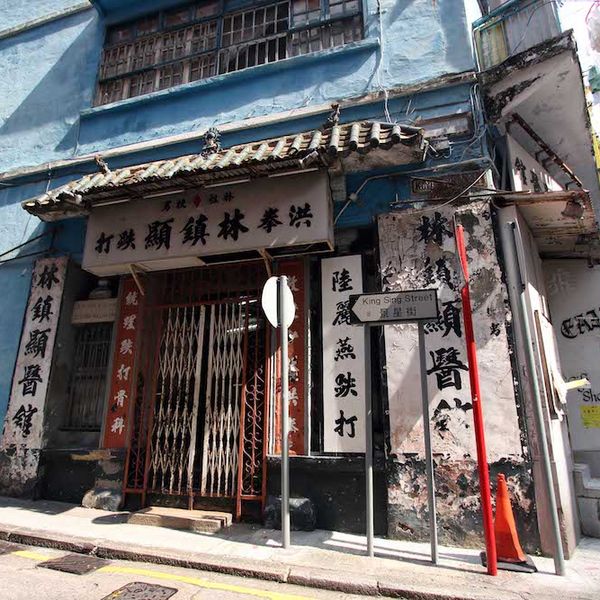
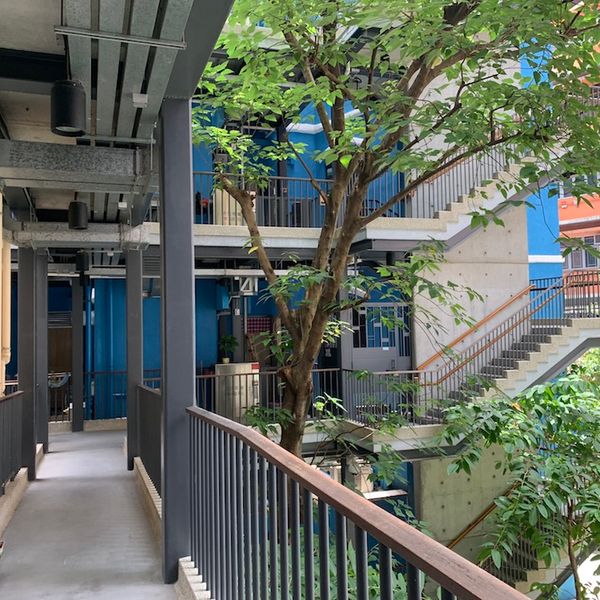

- 72-74A Stone Nullah Lane, Wanchai
- Open daily 11am-5pm
- +852 2833 4608
- Website
Why is it called Blue House?
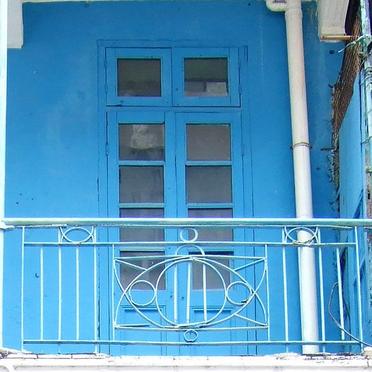
The blue house is blue simply because in 1978 when the cluster was sold to the government, this was the only colour left over in the depots. Yet, according to blue house resident Mr. Lee the colour may change to a lighter shade of blue because the bright colour reminds the residents of Chinese funerals.
Wan Chai livelihood museum
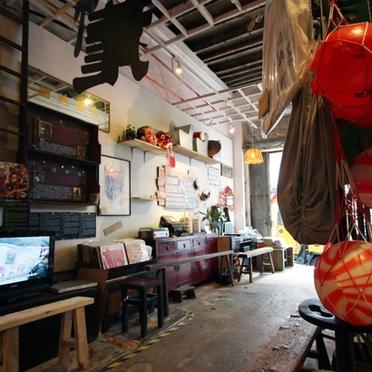
If you want to get a glimpse of the life in overcrowded Wan Chai in the old days without flushing toilets or air-conditioning, visit the livelihood museum. Hosted by residents, the museum displays seasonal exhibitions dedicated to local culture and the tight-knit community. Heritage walking tours are also available by request, led by longtime locals and filled with personal anecdotes.
Tong lau
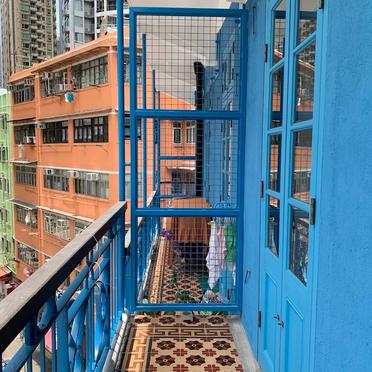
The Blue House is a typical tong lau 唐樓 or Chinese shop house, one of the last surviving in Hong Kong. It was in the later part of the 19th century that the rapid influx of Chinese immigrants and subsequent building boom completely changed the character of Wan Chai. The European traders sold their properties and warehouses and moved westwards. The original western style houses were replaced by Chinese style shop houses. The blue house with its cantilevered balcony and wrought iron posts is a typical example of what the fast-growing immigrant city looked like in those days.
Easily Wanchai’s most instagrammed spot – a living museum
Nice to know
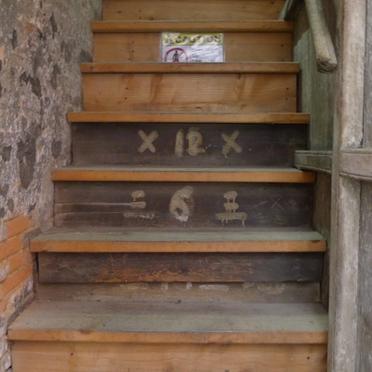
The numbers of the wooden staircase are for the service of ‘Tao Ye Heung’ which was the night soil collectors’ brigade. Essential even today without flushing toilets.
